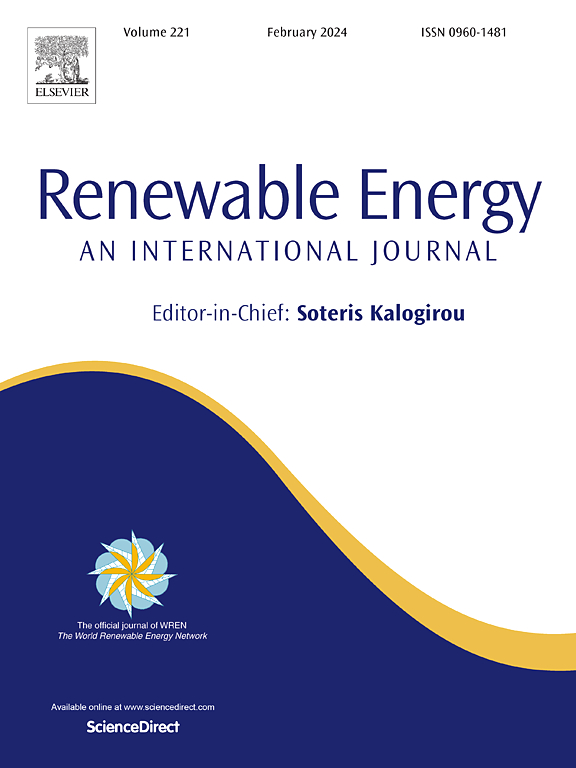我们必须在生态系统和能源转型之间做出选择吗?挪威水电运行的环境权衡
IF 9
1区 工程技术
Q1 ENERGY & FUELS
引用次数: 0
摘要
本文章由计算机程序翻译,如有差异,请以英文原文为准。
Do we have to choose between the ecosystems and the energy transition? Environmental trade-offs with operation of Norwegian hydropower
In Norway, environmental constraints applying to hydropower may become stricter to safeguard local ecosystems. At the same time, Norwegian hydropower can facilitate the transition to more renewable energy within Northern Europe. This study quantifies the aggregated impact of environmental constraints on the Norwegian power system and its interactions with neighbouring countries up to 2050. Requirements for augmented protection of the local environment affect hydropower operation and, hence, the power system. For example, a loss of 3% in production combined with a 4% reduction in average hourly ramp for the Norwegian hydropower fleet results in our case study in up to a 14% increase in average Norwegian power prices and 4% increase in congestion on transmission lines towards neighbouring countries. The abundance of cheap renewable energy can mitigate price augmentation, but losses in flexibility can be difficult to recover completely within the existing hydropower infrastructure. While prioritizing hydropower plants with vulnerable surrounding ecosystems for adding new environmental targets helps limit their constraining effect on the power system, it also leads to an economic disparity between individual plants; stricter environmental constraints on parts of the hydropower fleet increase the revenues of the unaffected part (by up to 10% in our case study).
求助全文
通过发布文献求助,成功后即可免费获取论文全文。
去求助
来源期刊

Renewable Energy
工程技术-能源与燃料
CiteScore
18.40
自引率
9.20%
发文量
1955
审稿时长
6.6 months
期刊介绍:
Renewable Energy journal is dedicated to advancing knowledge and disseminating insights on various topics and technologies within renewable energy systems and components. Our mission is to support researchers, engineers, economists, manufacturers, NGOs, associations, and societies in staying updated on new developments in their respective fields and applying alternative energy solutions to current practices.
As an international, multidisciplinary journal in renewable energy engineering and research, we strive to be a premier peer-reviewed platform and a trusted source of original research and reviews in the field of renewable energy. Join us in our endeavor to drive innovation and progress in sustainable energy solutions.
 求助内容:
求助内容: 应助结果提醒方式:
应助结果提醒方式:


